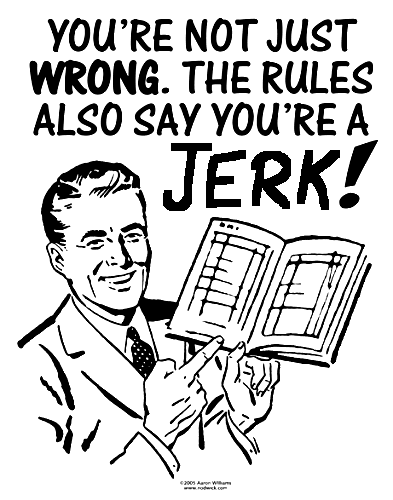TTS AAR: Ewelme 25 Game 3: Venice Abroad vs Late Romans
/My third game at this year’s Ewelme tournament was against Si and his Late Romans, rapidly becoming my nemesis opponents! It’s a small-ish army but packed full of veteran legionaries and auxilia that do very well against my Venetians, and a nasty shock unit of veteran cataphracts.
Both sides began the battle by advancing forward cautiously. On the left flank, I carelessly allowed the Romans to get an overlap, and would spend the rest of the game defending from a tactically outnumbered position there.
This meant that I needed to force the right as soon as possible, so I advanced my infantry and second command of knights forward as fast as possible.
Battle was generally joined on the right but to no clear outcome in the main line, although some of the Roman infantry on the far left did punch through and head for my baseline. No matter, I had some knights who could sort them out!
Much to my surprise, the infantry battle in the centre wasn’t a complete disaster, with the Venetian foot holding their own against the veteran Auxilia. Maybe I could win on the right before Si’s cavalry stuffed me on the left!
First up, I really needed to get rid of that pesky unit of Legionaries down in the left hand corner: a nice four coins just waiting to be collected by the Knights.
But they needed to get their skates on, as things were not going well on the left…
But in the end it was not to be.
I had two chances to win the game (as we were both now down to minimal coins): the Knights I’ve already mentioned and the Later Knights who had punched through at the other end of the field and were now in as position to threaten the enemy camp.
Unfortunately, the Knights just couldn’t get anywhere against the Legionaries, despite still having their lances for the first clash. Frontally charging undisordered veteran infantry is not a an easy clash to win!
And although the Later Knights took one of the enemy camps, Si managed to get some light infantry into the other camp meaning it was just an activation too far to take that one as well and get enough coins to win the game.
In the end, the game ended with a bit of a damp squib: with one of my Spear units falling foul of the javelins thrown by some Roman cavalry, and the game was lost before I could win it next turn.
Not a good result for the Venetians, but a great game of To The Strongest.
On the left, Si’s tactics gave him an immediate advantage but I managed to defend the position for longer than I expected to. On the right, the game could have gone to either side, mainly due to the unexpected efforts of the Venetian infantry, so it was just the way it goes that Si dealt the winning blow first.
Editor’s Note: Subsequent to the battle, Si has pointed out that although outside of competitions we have a fairly evenly matched success rate, I’ve never actually beaten him in a tournament. Thank you, mate, I’ll bear that in mind for next time!


























































































































